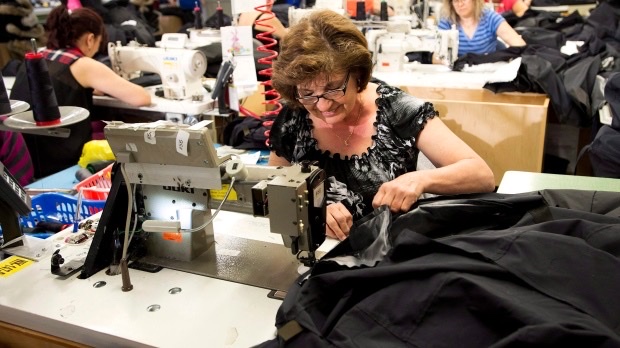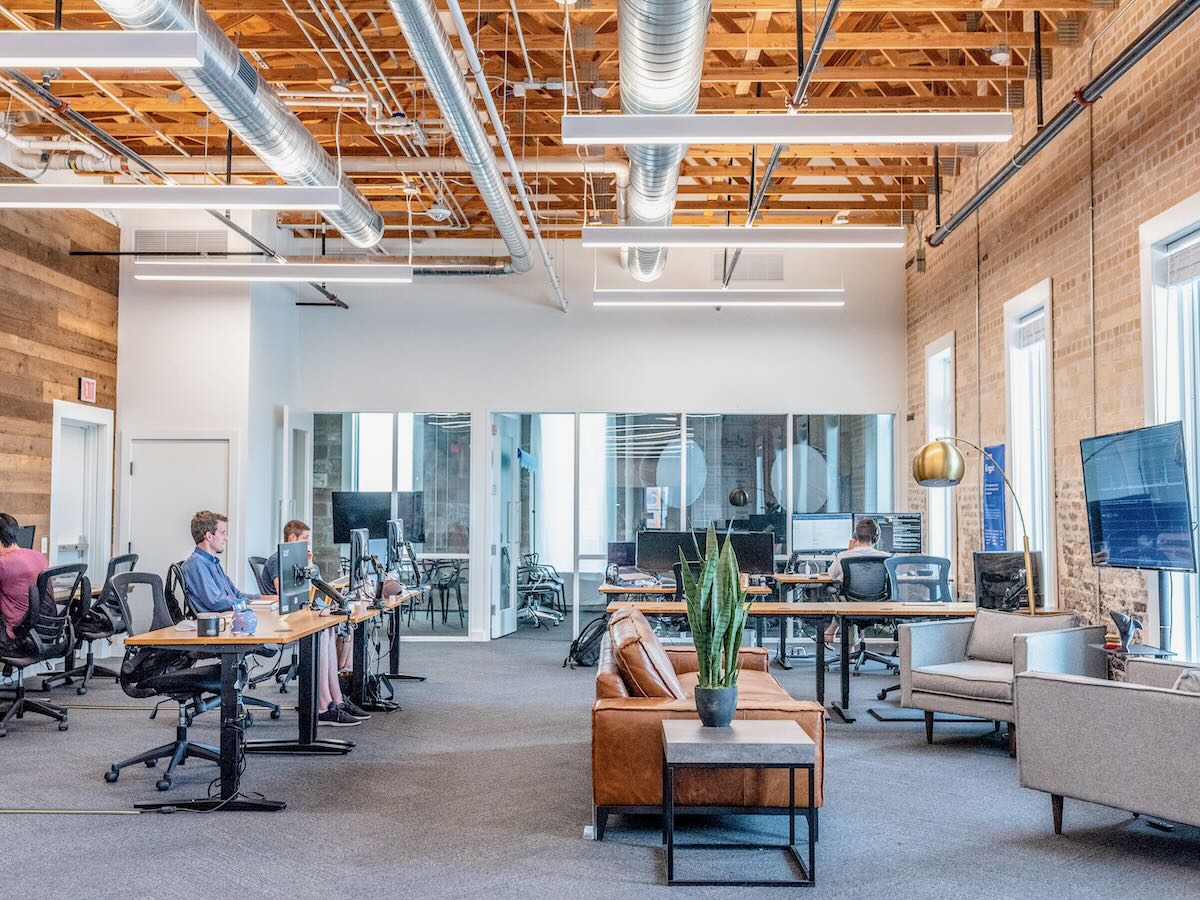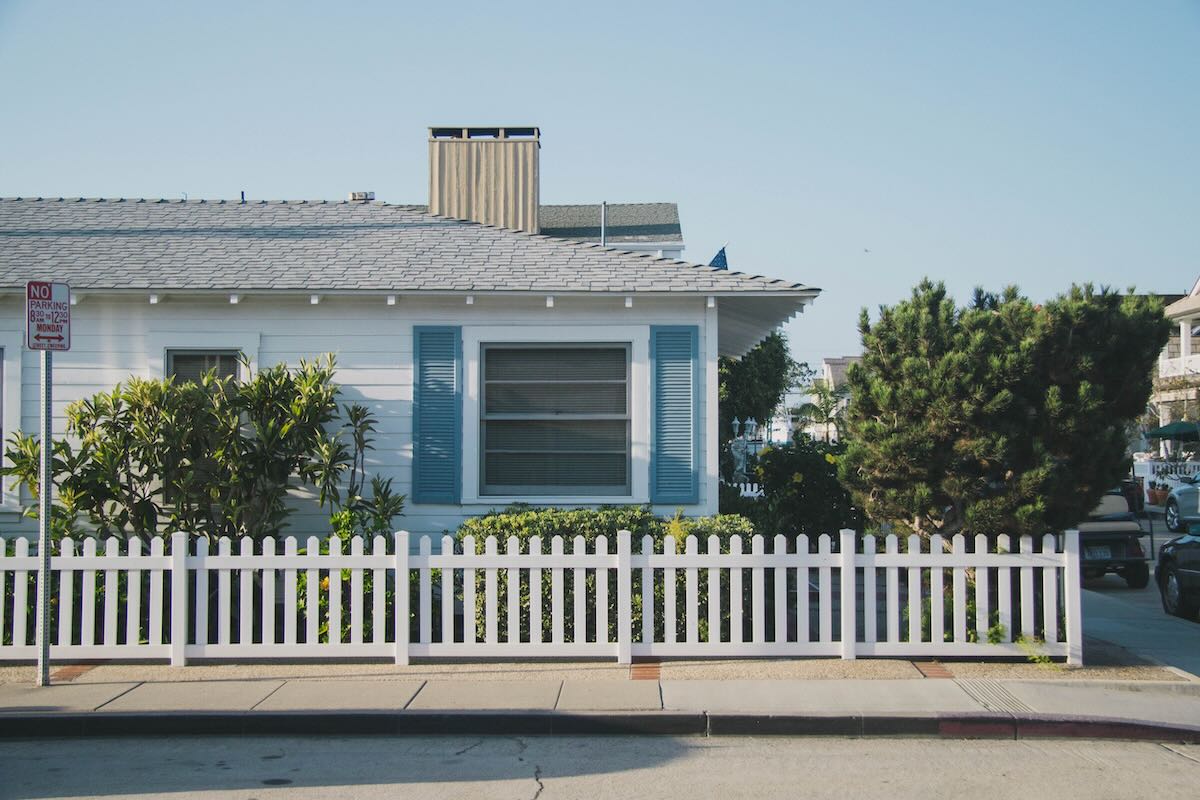The Ability to Create, Issue 25

I worked at the corner of St-Laurent and St-Viateur from late 1973 to mid-1975. I then worked on Chabanel Street in 1979 and 1980. In that era, much of the clothing that we we wore in Canada was still designed and made in those areas of Montreal. The garment trade granted me my informal business degree. It helped me understand the secondary importance of the business and finance professionals. I reported to the very excellent Gordon J. Burnett who taught us that it was our vocation as lenders to the clothing industry to understand the creation process and to support the designers and manufacturers throughout the production and sales cycle. He always said that while it was an important role.The designers and the manufacturers were at the top of the pyramid because without them, we had no role. He is also famous for saying said that a college grad that wouldn’t make photocopies for him or occasionally act as a messenger was of little use to him. I am no longer sure if it is fact or fiction that a self-important “college boy” didn’t last a day because he wouldn’t perform some menial task that Gordon had assigned him.
At that time, the garment trade had started to evolve and more manufacturing was moving offshore. Still, many of the original importers were former manufacturers and continued to control the creative process. The garments were designed in Montréal and sewn in China or India with textiles fabricated in Japan or Italy. As mass manufacturing in “cheap labour” countries grew to satisfy the consumer appetite for cheap fast fashion, the number of designers dwindled and much of our manufacturing expertise was lost. Skilled cutters and machine operators were fast disappearing as call centres replaced factories. The “rag trade” is just one example of how we surrendered much of our ability to create in exchange for a service economy.
Learn to Think and Create
I started my working life in 1962, delivering newspapers. I have been working for fifty-eight years without any gaps. Over the last thirty years, I have counselled many young people with a focus on career progression, work experience, and the continuation of their education. I started to realize that we were churning out B.Comm. clones, many of whom thought that the next logical step should be get an MBA. My frequently asked question was “Do you really want a double B. Comm?” The question was probably an over simplification but frequently not.
I have suggested that attending law school was a good option, not to become a lawyer but to develop reasoning and problem solving skills. Often, I recommended that it would be a better idea to work towards an undergrad degree in liberal arts programs and to study literature, philosophy, theology, art, and the Classics. These are all subjects that teach critical thinking, logic, communication skills, and analysis beyond numbers,. Today, I would also ask “What can you make?” and follow up with “How would you be be able to earn a living from that ability or trade?”
Manufacturing currently accounts for only about 10% of Canadian GDP, down from 20% in the year 2000 and 30% in the 1960s. We have lost the capacity to make many of the products that are nationally critical and it has become obvious that industrial policy should support an increase in Canadian manufacturing. Part of the puzzle is developing an appreciation of the process of creating and manufacturing products.
There does remain a core of Canadian companies that continue to manufacture garments in Canada:
- Arcteryx has its head office in British Columbia where it designs its outerwear line and it manufactures about one third of products Canada.
- Canada Goose encourages indigenous designers and claims that it makes 100% its core product, down-filled coats in six factories in Canada.
- Québec manufacturers, Quartz and Kanuk, design and manufacture in Ste-Hyacinthe and Montéal
- Canadian companies such as Peerless Clothing, Samuelsohn, and Empire Clothing continue the tradition of making of men’s fine wool suits and jackets in Montréal.
- Atelier B (100%), Frank Lyman (98%), Judith and Charles (80%), and Joseph Ribkoff (100%) manufacture high quality women’s wear in Canada at the indicated percentages.
Several of these brands have global reach and each of the makers is well known for high quality and excellence. Collectively they demonstrate that we can still design and make things in Canada. Also, if you visit the company websites by clicking on the underlined text you will discover that several have leveraged their manufacturing expertise to make personal protective equipment.
Shop local, support local businesses, buy from local farms, and support local artisans and manufacturers. As always, wear face masks as required, wash your hands, practice social distancing, hydrate, and exercise.





